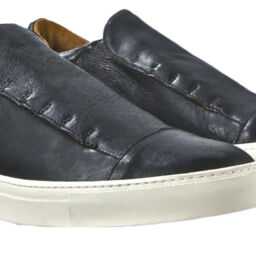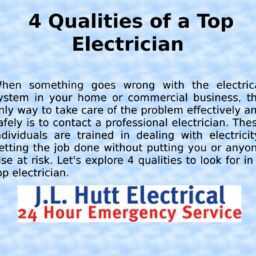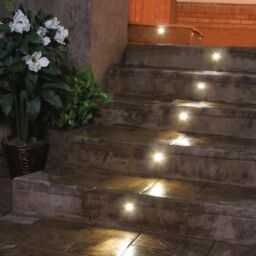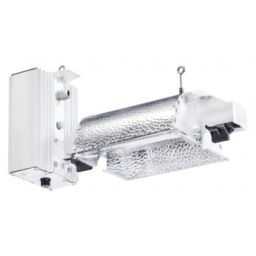Most of us know that you won’t be able to purchase incandescent (traditional) light bulbs starting in 2012. Considering the energy saving alternatives available, most people have been making the switch to Compact Fluorescent lights (CFLs) for several years now. Hardware and grocery stores stock their shelves with all kinds of CFLs. They are definitely more energy efficient, but there are several downsides to using them.
1. The light emitting from CFL bulbs is lacking in comparison to regular incandescent bulbs.
2. The bulbs take a considerable amount of time to reach maximum brightness.
3. Small quantities of mercury are in the bulbs. If the bulb breaks, you are supposed to evacuate the room for at least 5 minutes. If you have small kids, this admonition can be scary. You have to be very careful about the disposal of the bulbs. Some jurisdictions do not allow CFLs to be disposed of in municipal trash bins.
So what are the alternatives to CFL? LED is the leading alternative. LED bulbs are energy efficient at around 40,000 to 50,000 hours a bulb but tend to be expensive but the potential energy savings range from 82% to 93%. The advantages:
1. lights instantly
2. Easily dimmed
3. Quiet operation
4. Low-voltage power supply which makes them safer
The disadvantages of LEDs do not out-weigh the advantages, but you should be aware of them:
1. Currently the variety of LED lighting is limited compared to other types of lighting.
2. Harder to find in some areas where consumers may not be as familiar with the lighting choices.
3. More expensive than regular lighting for the budget conscious.
4. Not a good choice for residential flood lighting.
5. While there are many colors, the quality of the colors is not quite as good as with incandescent lighting.
ESL, or Electron Stimulated Luminescence (ESL) lights are a newer alternative that looks promising. They can last up to 10,000 hours), which is about three to four times the lifespan of incandescents and comparable to CFLs. They also produce 50% less heat than incandescents. The advantages are comparable to the LED:
1. lights instantly
2. Easily dimmed
3. Quiet operation
4. Low-voltage power supply which makes them safer
5. Brighter white light than LED & CFL
6. Half the price of LEDs
Again, the disadvantages don’t outweigh the benefits:
1. Not as long lasting as LEDs
2. Not widely produced and accessible. Only one company, Vu1, is manufacturing these which could be a problem if they shut down or have a distribution problem.
I’m leaning towards ESLs because of their potential and light quality, in addition to the fact that they are less harmful to the environment. I think they will eventually be longer lasting at a more reasonable price. My company, Eco Home Store www.eco-homestore.com, has entered discussions with Vu1 to include their products at our website, that’s how strongly we feel about the product. Stay tuned.
AUTOPOST by BEDEWY VISIT GAHZLY





